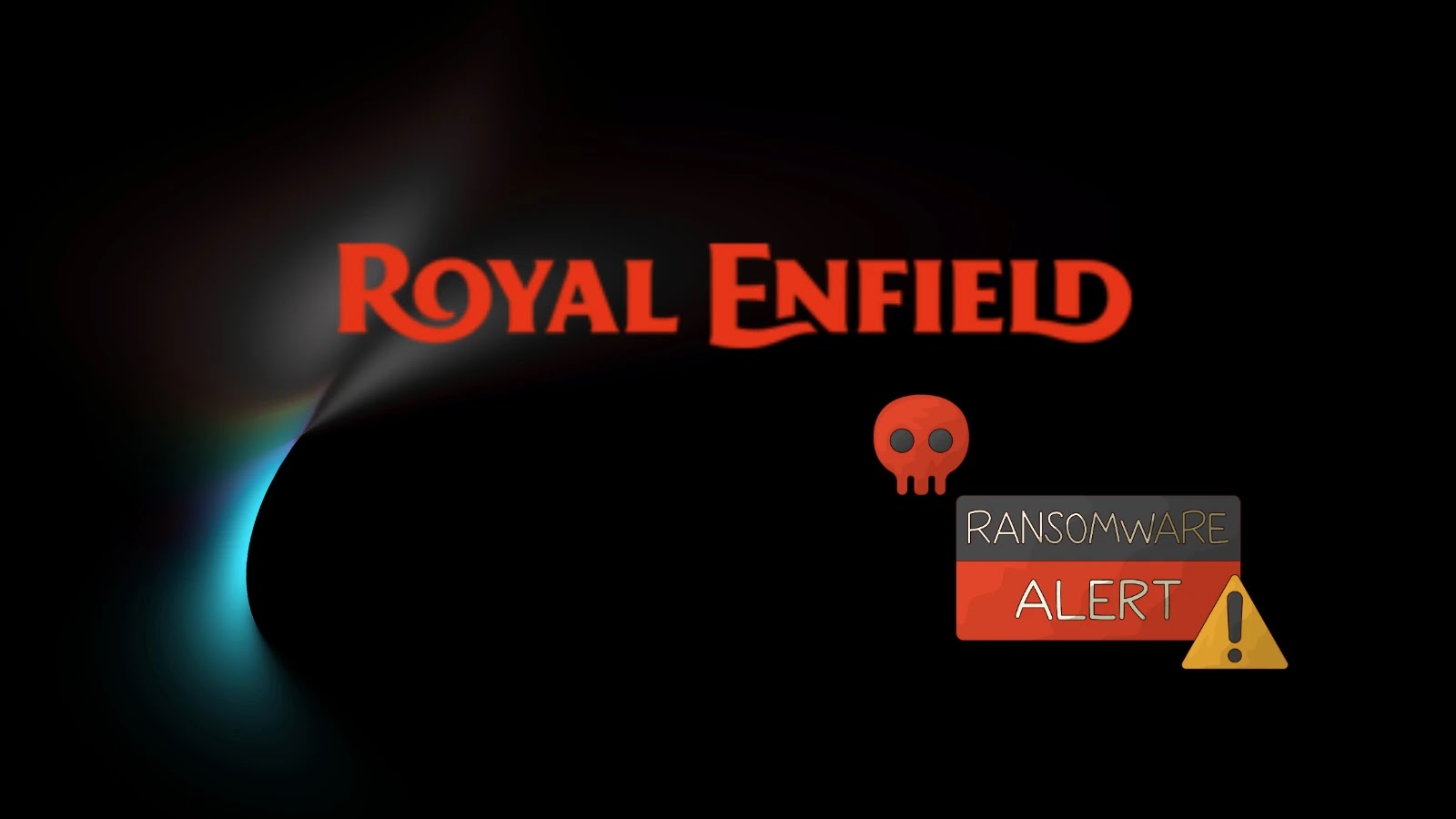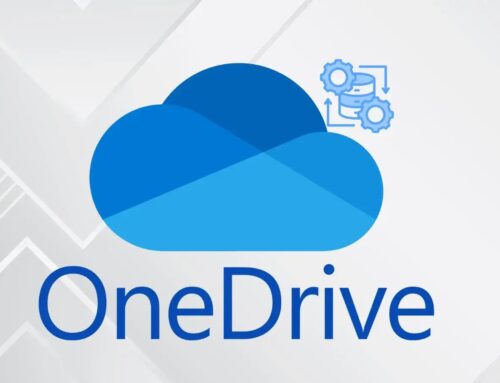
Hackers Claim Royal Enfield Hit by Ransomware Attack – Data Encrypted and Backups Erased
Ransomware Strikes Royal Enfield: A Full System Compromise Claimed
The digital defenses of major corporations are under constant siege. A recent claim on a prominent dark-web leak forum has sent ripples through the cybersecurity community: Royal Enfield, the iconic motorcycle manufacturer, is allegedly the latest victim of a devastating ransomware attack. This incident underscores the escalating sophistication of threat actors and the critical importance of robust cyber resilience in every enterprise, regardless of industry.
The alleged attackers boast a “full system compromise” of Royal Enfield’s corporate network, claiming to have encrypted every server and, critically, wiped all associated backups. This level of alleged destruction points to a highly organized and potentially well-resourced operation, designed to cripple the victim and maximize the pressure for a ransom payment.
The Threat Actor’s Demands and Tactics
The dark-web post from the alleged perpetrators provided specific details to back their claims, including a session ID, a qTox handle, and a Telegram contact. This combination of communication channels is typical of modern ransomware groups, offering multiple avenues for direct negotiation while maintaining a degree of anonymity.
The attackers issued an astonishingly short ultimatum: an undisclosed ransom demand to be met within a mere 12 hours. This extreme time pressure is a common tactic, designed to induce panic and force a rapid, unanalyzed decision by the victim. Furthermore, the threat actor explicitly invited third-party bids for the stolen data, a clear indication of a double extortion strategy. This means that even if the ransom for decryption is paid, the data could still be sold on to competitors or other malicious actors, creating a perpetual nightmare for the compromised organization.
Understanding Ransomware and Full System Compromise
A “full system compromise” in the context of a ransomware attack signifies that the attackers have gained deep and pervasive access across the victim’s IT infrastructure. This extends beyond merely encrypting a few endpoints to include critical servers, databases, and potentially even cloud environments. The ability to wipe backups is particularly devastating, as it removes the primary mechanism for recovery without paying the ransom. This often indicates a prior period of reconnaissance and lateral movement within the network, allowing the attackers to locate and neutralize backup systems before initiating the encryption phase.
While no specific CVEs have been publicly linked to this alleged attack on Royal Enfield, ransomware incidents frequently exploit known vulnerabilities in network devices, unpatched software, or misconfigured systems. Common initial access vectors include phishing, exploitation of remote desktop protocol (RDP), or leveraging vulnerabilities in public-facing applications.
- CVE-2021-34527 (Microsoft Exchange Server ProxyShell vulnerabilities): Often used for initial access.
- CVE-2017-0144 (EternalBlue): Still exploited for lateral movement in unpatched systems.
It’s crucial for organizations to maintain an up-to-date patch management strategy and continuously monitor for suspicious activity that could indicate an attacker’s presence on the network.
Remediation Actions and Proactive Defense Strategies
For any organization facing a ransomware attack, immediate and decisive action is paramount. Based on the claims made in this alleged incident, here are critical remediation and proactive defense steps:
Immediate Response (Post-Incident)
- Isolate Infected Systems: Disconnect compromised systems from the network immediately to prevent further spread of the ransomware.
- Engage Incident Response Team: Activate your incident response plan and bring in cybersecurity experts to guide recovery efforts.
- Do NOT Pay the Ransom (if possible): While tempting, paying the ransom does not guarantee data recovery and can fund future criminal activities. Focus on recovery from backups if available and viable.
- Forensic Analysis: Conduct a thorough forensic investigation to determine the initial access vector, lateral movement, and the full extent of the compromise.
- Notify Authorities: Inform law enforcement (e.g., FBI, national CERTs) and relevant regulatory bodies about the breach.
- Secure Backups: Ensure any remaining offsite or immutable backups are secure and not compromised.
Proactive Defense (Pre-Incident)
- Implement a Robust Backup and Recovery Strategy: Adhere to the 3-2-1 backup rule (3 copies of data, on 2 different media, with 1 copy offsite and air-gapped/immutable). Regularly test backup restoration.
- Multi-Factor Authentication (MFA): Enforce MFA for all remote access, sensitive systems, and privileged accounts.
- Endpoint Detection and Response (EDR): Deploy EDR solutions for continuous monitoring, detection, and automated response capabilities on endpoints.
- Network Segmentation: Implement strong network segmentation to limit lateral movement of attackers within the network.
- Patch Management: Maintain a rigorous patch management program, prioritizing critical vulnerabilities, especially those in public-facing systems.
- Security Awareness Training: Regularly train employees on phishing detection, social engineering tactics, and safe computing practices.
- Principle of Least Privilege: Grant users and applications only the minimum necessary permissions to perform their functions.
- Vulnerability Management: Conduct regular vulnerability scans and penetration testing to identify and remediate weaknesses.
Relevant Tools for Detection, Scanning, and Mitigation
Effective cybersecurity relies on a suite of tools. Here are categories and examples of relevant tools:
| Tool Name/Category | Purpose | Link |
|---|---|---|
| SIEM (e.g., Splunk, IBM QRadar) | Centralized logging and security event management for anomaly detection. | https://www.splunk.com/ https://www.ibm.com/security/qradar |
| EDR Solutions (e.g., CrowdStrike Falcon, Microsoft Defender ATP) | Endpoint protection, detection, and response against advanced threats. | https://www.crowdstrike.com/ https://www.microsoft.com/en-us/security/business/microsoft-defender-for-endpoint |
| Vulnerability Scanners (e.g., Nessus, Qualys) | Identify security weaknesses and misconfigurations across networks and applications. | https://www.tenable.com/products/nessus https://www.qualys.com/ |
| Network Access Control (NAC) Solutions | Enforce security policies on devices attempting to access the network. | (Varies by vendor, e.g., Cisco ISE, FortiNAC) |
| Backup & Recovery Solutions (e.g., Veeam, Rubrik, Cohesity) | Provide robust data backup, replication, and rapid recovery capabilities. | https://www.veeam.com/ https://www.rubrik.com/ https://www.cohesity.com/ |
Conclusion: The Ever-Present Threat
The alleged ransomware attack on Royal Enfield serves as a stark reminder of the persistent and evolving threat landscape. The claim of a “full system compromise” and the eradication of backups highlights the devastating impact these attacks can have, potentially crippling operations and compromising sensitive data. Organizations must prioritize building resilient cybersecurity postures, focusing not only on prevention but also on robust detection, swift response, and comprehensive recovery capabilities. Proactive security measures, continuous monitoring, and employee education are no longer optional; they are essential for survival in the face of sophisticated cyber adversaries.





